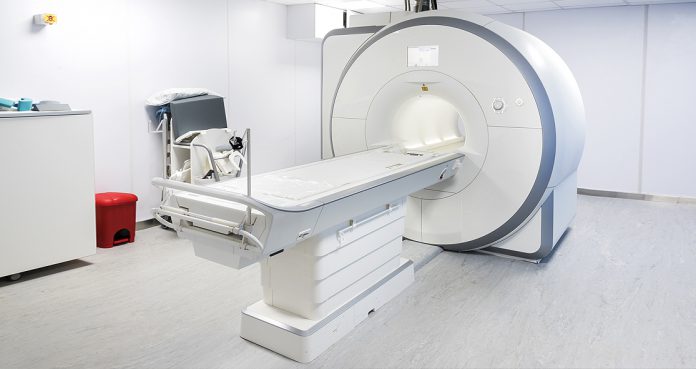In 2000, a group of Dutch researchers published an article that mentioned people were recorded having sex inside an MRI (Magnetic Resonance Imaging) machine.
The article titled – Magnetic resonance imaging of male and female genitals during coitus and female sexual arousal – was downloaded by the world’s oldest and most prestigious medical journal The BMJ.
The researchers conducted this odd-sounding study to determine whether it is possible to take images of genitals while people were having sex in an MRI scanner.
The study, which won the 2000 Ig Nobel award, involved 13 experiments and 8 couples, of which, one couple was amateur street acrobats and three single women. They were asked to have sex inside the MRI machine after getting their consent. “Three couples had sex twice and the three single women achieved orgasm without a partner,” according to the authors.
The researchers said the men were found to have more troubles with sexual activity than the women did, while some men took Viagra (sildenafil) in order to sustain an erection. Only one couple had sex without using Viagra.
“The reason might be that they were the only participants in the real sense: involved in the research right from the beginning because of their scientific curiosity, knowledge of the body, and artistic commitment,” the researchers wrote. “And as amateur street acrobats, they are trained and used to performing under stress.”
According to MRI scanning images, the penile organ became boomerang-shaped when men were having sex in the missionary position. The images also found that the uterus raised a bit and the vaginal walls were lengthened when women were aroused.
The authors added, “It took years, a lobby, undesired publicity, and a godsend (two tablets of sildenafil 25 mg) to obtain our images. They show that such pictures are feasible and add to our knowledge of anatomy. What started as artistic and scientific curiosity has now been realized.”
Former Deputy Editor Dr. Tony Delamothe of The BMJ wrote about the study in this year’s Christmas issue of the journal to mark its anniversary.
Dr. Delamothe explained that the study might have gained a lot of popularity and interest because people might have been excited to see sexual intercourse on-screen for free.
He wrote, “If that’s the explanation, it’s hard to think ourselves back to such an innocent age, given today’s explicit online offerings.” “When I was web editor we used to analyze which papers got the most ‘hits’ and publish a league table from time to time. To some of my colleagues’ embarrassment, the MRI paper topped the table every time,” said Dr. Delamothe.























